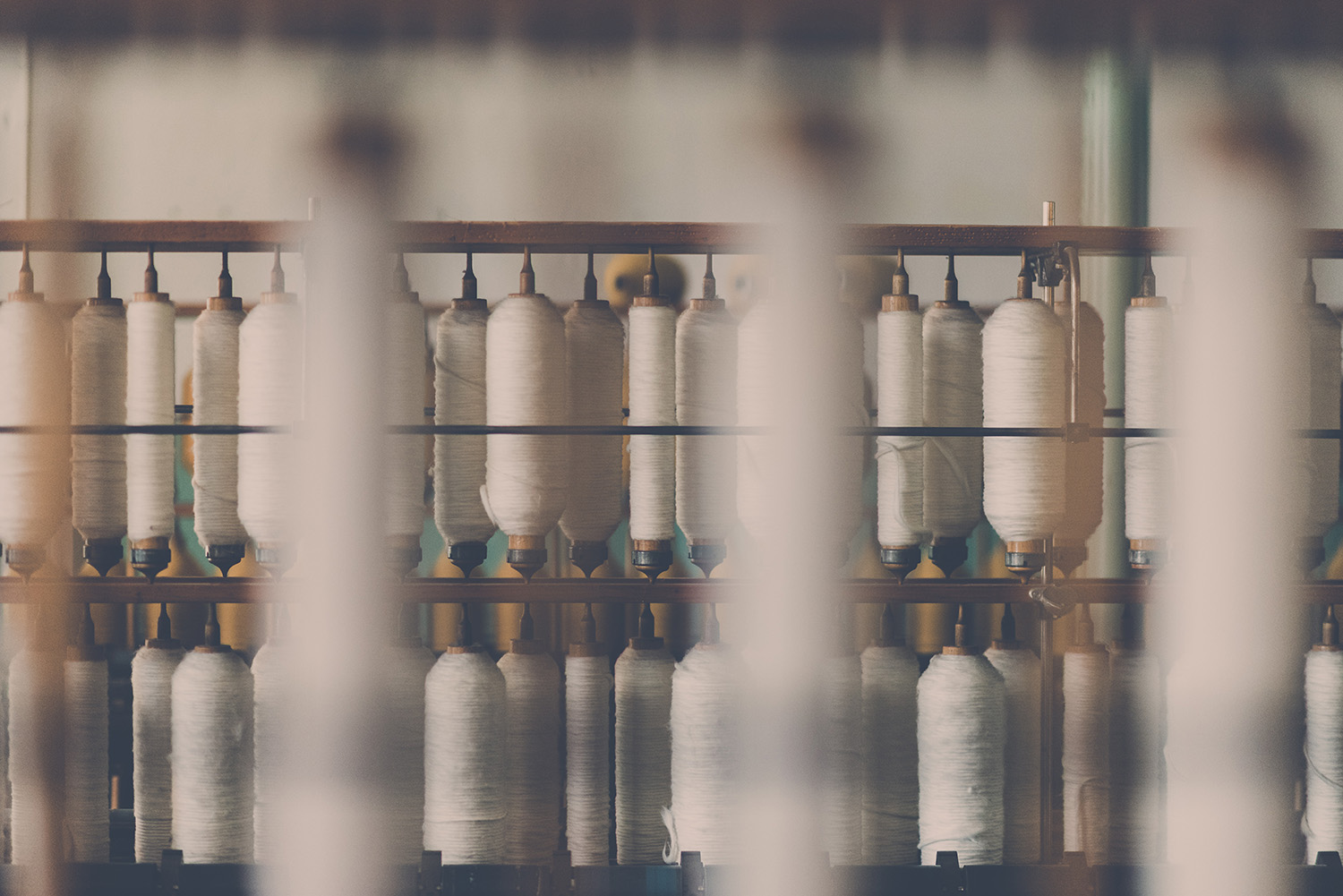We have the roadmap, Material Exhange has the solution – it’s time for action!
If sustainability had a tagline, it would most likely be borrowed from Peter Drucker’s management credo: “What gets measured, gets managed.” Assessing the current situation, measuring impact, and setting benchmarks for continuous improvement are all key to a better future. This is true across every industry and country, as witnessed by the fever generated by the COP26 proceedings, but is especially true for the apparel industry.
Having long suffered under the burden of being the ’world’s second most polluting industry’, it was a relief to have that myth busted – but the industry still longed for a reliable understanding of its impact. The newly released Roadmap to Net Zero is the latest report to give the industry not only a tangible estimate of apparel sector emissions, but also a recommendation to reduce that impact.
The report, jointly published by World Resources Insititute (WRI) and the Apparel Impact Institute (Aii), with data from Higg, the Sustainable Apparel Coalition and Textile Exchange, determines the estimated apparel sector emissions from 2019 to be 1.025 gigatons. While that number may either feel small (only one gigaton?) or esoteric (what is a gigaton anyway?¹), for the apparel industry it is our opportunity to shape the future. The report goes on further to allocate those emissions across the apparel sector, finding that 52% of them are from Tier II (material production). This is where Material Exchange can help.
“We’re really excited to see such a cohesive set of data published around the source of greenhouse gas emissions. And while fashion’s impact has been assessed as one gigaton, it’s still important that the industry takes measures to reduce it. As material sourcing is the biggest contributor to that total, this is where our efforts should be focused. We see the work Material Exchange is doing in direct alignment with where the industry needs to go.”
Michael Sadowski, Research Consultant to WRI and Co-Author of the Report
While half of the report’s recommendations push for the elimination of coal for materials and product manufacturing, the increase in energy efficiency and the transition to clean energy, the other half focus squarely on reducing the impacts from materials. As the leading marketplace for materials, the Material Exchange platform offers the opportunity to shift sourcing to meet those as well as the material-specific recommendations: increase the use of more sustainable materials, accelerate the development of more innovative materials, and maximize material efficiency.
By digitizing material swatches and allowing brands to digitize samples and protoypes, Material Exchange has long focused on material efficiency. The new sustainability search tool that helps brands source materials under key criteria like carbon solutions, water stewardship and circular solutions, means brands can quickly locate preferred and innovative materials and add them to their selections.
Key Findings
Six interventions for the sector to significantly reduce emissions:
- Maximizing material efficiency:
Through design, material selection, and methods of manufacturing, increase the percentage of raw materials used in components and products. - Scaling sustainable materials and practices:
Increase the use of more sustainable materials (e.g. recycled polyester) and practices (e.g. conservation tillage for cotton). - Accelerating the development of innovative materials:
Ramp up investment in “next generation” preferred materials including textile recycling, bio-based materials, and plant-based leather. - Proliferating energy efficiency:
Expand energy efficiency efforts across manufacturing facilities. - Eliminating coal in manufacturing:
Replace coal as an energy source for materials and product manufacturing. - Shifting to 100% renewable electricity:
Deploy renewable energy across the supply chain.
Aii’s Vice President of Programs Kurt Kipka agrees, ”When it comes to reducing emissions in the supply chain, digital sourcing is a great start. Fewer physical swatches and samples mean less impact. In addition to leading in digitalization, Material Exchange is a great resource for both material buyers and suppliers. Their sustainability search tool offers categories like carbon solutions and environmental stewardship and also highlights suppliers – including Aii participating mills – who are committed to lowering emissions. This is a critical step in achieving the reductions we need for a better future.”
The time to transition to a cleaner industry is now. The Roadmap to Net Zero report outlines a pathway for a 60% reduction in emissions by 2030 and Material Exchange is behind this ambition 100%. The suppliers on the platform represent some of the most innovative, environmentally-forward solutions on the market; the sustainability search tool will assist in accelerating responsible sourcing; and new marketplaces launching in 2022 will create market access to the next-gen innovative materials.

Get our Sustainability Playbook
Get our Sustainability Playbook
Are you interested in learning more about Material Exchange’s sustainability search tool? Check out our Sustainability Playbook here for all the details!
Related content
Want to chat?
We’d love to hear from you. Reach out to see how we could work together.





